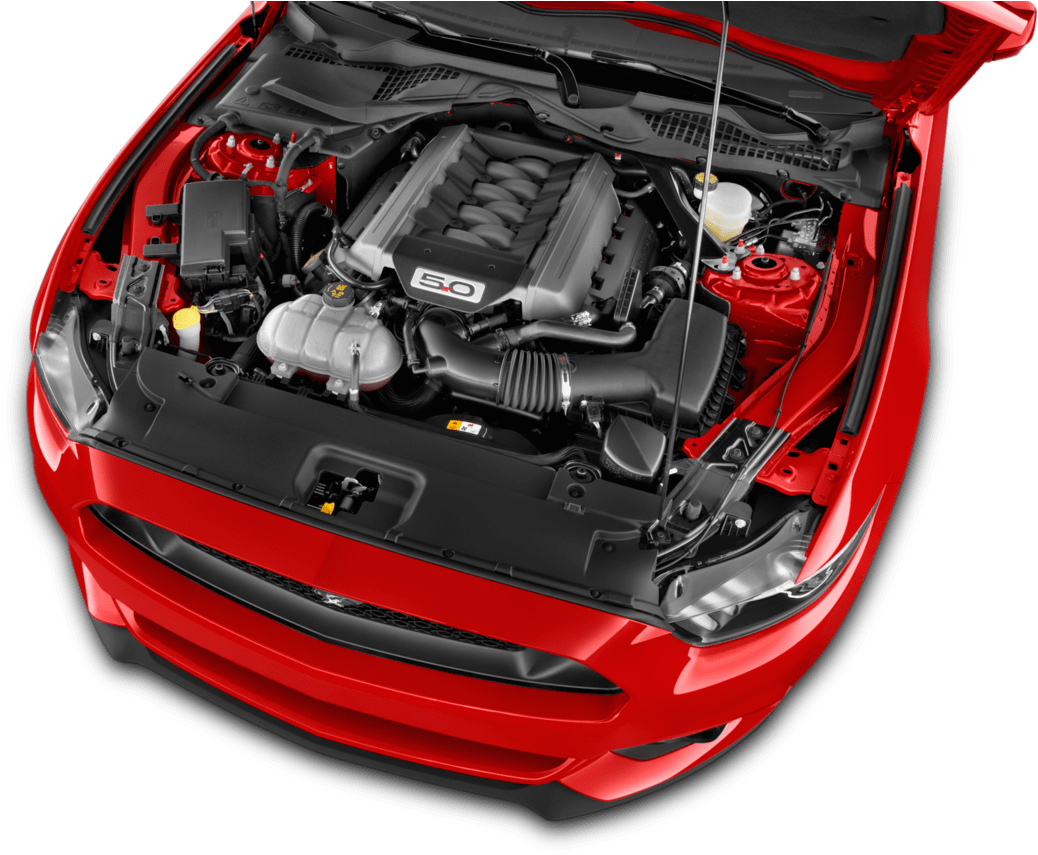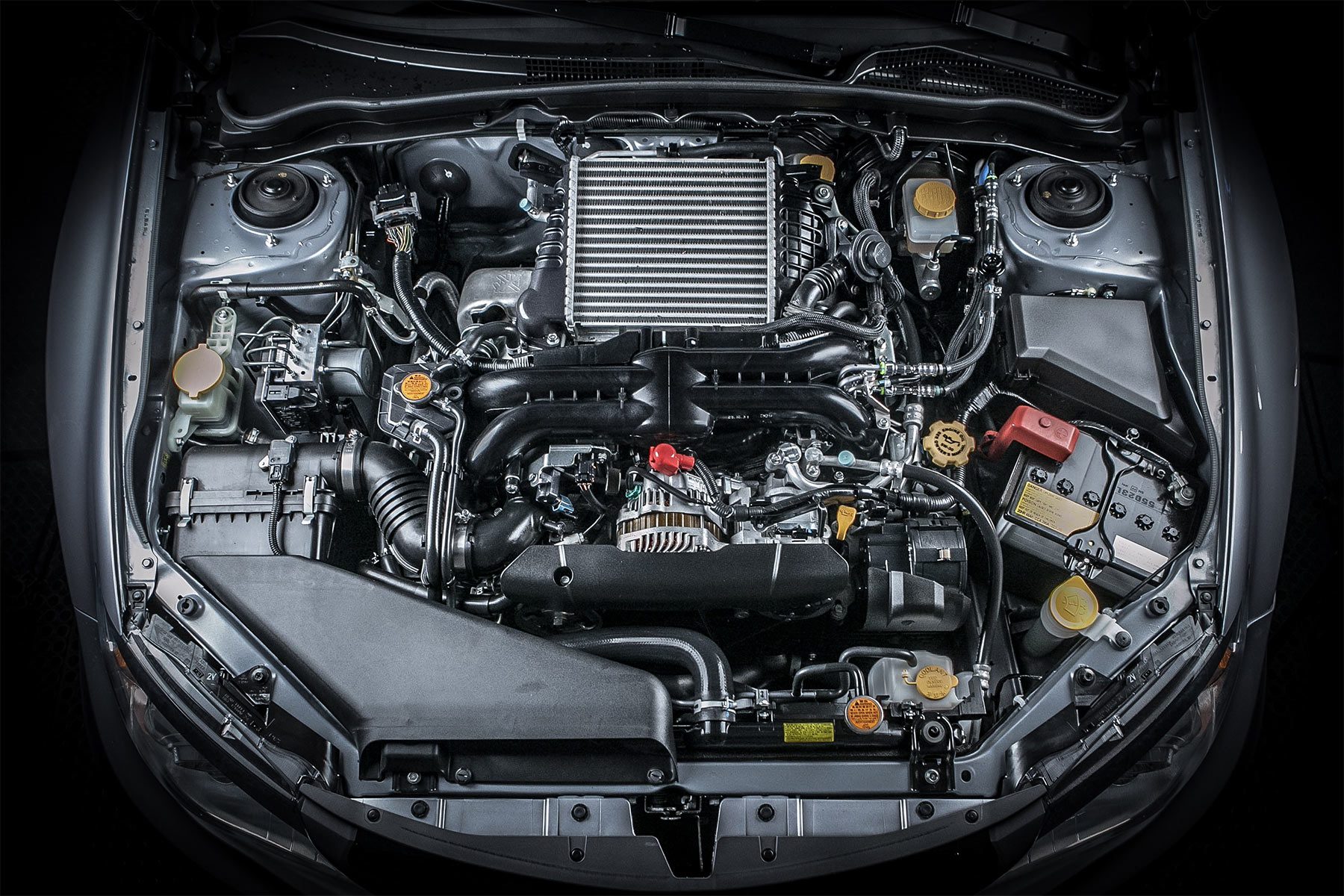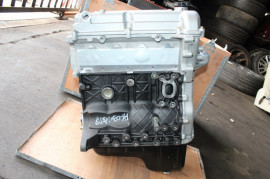Opel Corsa Engine: Top Tips for Maintenance and Care
Opel Corsa Engine: Top Tips for Maintenance and Care
Blog Article
Checking Out the Inner Workings of a Compact Vehicle's Engine System
As chauffeurs, we commonly take for given the complex procedures that happen within the confines of our car's engine system. The small yet intricate machinery that thrusts us forward is a wonder of engineering precision and sychronisation. From the regulated surges in the combustion chamber to the meticulous timing of fuel injection, every element plays a vital role in the smooth procedure of the engine. In this exploration of a compact automobile's engine system, we will unravel the inner workings of this mechanical symphony, clarifying the mysteries that drive us onward on our daily trips.
Burning Refine Introduction
The combustion procedure in a compact lorry's engine system is a critical device that efficiently converts gas right into power to power the automobile. This procedure takes place within the combustion chamber of the engine, where fuel and air mix, spark, and produce controlled surges. The combustion procedure contains 4 main phases: intake, exhaust, power, and compression.
During the intake stage, the piston relocates downward, drawing in a combination of air and gas into the burning chamber. This descending activity generates the power required to drive the automobile. This cyclic burning process is essential to the procedure of a small automobile's engine system, making sure efficient energy conversion for propulsion.
Piston and Cyndrical Tube Communication

The piston's accurate fit within the cyndrical tube is crucial for maintaining ideal compression and avoiding energy loss during combustion. Tight clearances in between the piston and cyndrical tube wall surfaces ensure reliable sealing, allowing the piston to relocate efficiently without enabling gases to leakage past. Proper lubrication is also essential to reduce friction and wear between these parts, boosting longevity and efficiency.
Furthermore, the design and materials utilized in manufacturing the piston and cyndrical tube effect engine efficiency and durability. Modern engines typically utilize lightweight yet durable products like aluminum alloys for pistons and cyndrical tube liners to decrease inertia and improve thermal efficiency. Generally, the harmonious interaction in between the piston and cyndrical tube is fundamental to the engine's functionality and general efficiency.
Fuel Shot System Functionality
Gas shot systems in portable lorry engines play a vital function in precisely supplying fuel to the burning chamber for controlled and effective ignition. The fuel injection system operates by infusing gas into the combustion chamber at the ideal minute throughout the engine's procedure (opel corsa engine). This exact timing guarantees that the gas blends evenly with the air for appropriate combustion, resulting in improved gas effectiveness and minimized emissions
There are mainly 2 kinds of gas injection browse around this site systems made use of in small car engines: port gas shot (PFI) and direct gas shot (DFI) PFI systems inject gas right into the consumption port before the consumption valve, while DFI systems inject gas directly into the combustion chamber. Both systems have their benefits, with DFI providing much better gas atomization and PFI giving an extra cost-efficient service.
Recognizing Engine Cooling Mechanisms
Efficient operation of a compact car's engine counts greatly on the effectiveness of its cooling systems. Engine air conditioning is necessary to avoid overheating, which can bring about serious damages and reduced performance. The cooling system in a compact vehicle generally consists of numerous elements functioning with each other to regulate the engine temperature. One important part is the radiator, which uses coolant more to absorb warm from the engine. As the warm coolant flows with the radiator, it releases warmth into the air, cooling prior to going back to the engine. The water pump flows the coolant with the engine and radiator, guaranteeing a regular flow to regulate temperature. In addition, the thermostat aids manage the coolant circulation to keep ideal engine temperature. Some vehicles additionally have cooling down fans that trigger when additional cooling is needed, such as during hefty traffic or warm weather. Comprehending these engine air conditioning mechanisms is vital for preserving the performance and durability of a compact automobile's engine system.

Exhaust System Elements Explained
The optimum performance of a compact automobile's engine cooling mechanisms relies on a complementary system called the exhaust system, which comprises numerous essential parts for guaranteeing efficient exhausts and engine performance. The exhaust system consists of parts such as the exhaust manifold, catalytic converter, muffler, and tailpipe. The exhaust manifold gathers exhaust gases from the engine's cylinders and courses them to the catalytic converter. The catalytic converter then converts dangerous pollutants in the exhaust right into much less damaging discharges before releasing them with the muffler and tailpipe.
One essential part of the exhaust system is the oxygen sensor, which keeps track of the oxygen degrees in the exhaust gases to assist control gas consumption and ensure optimal engine performance. opel corsa engine. Furthermore, the resonator might exist in some exhaust systems to lower sound levels. Overall, the exhaust system plays an important duty in preserving engine effectiveness, reducing hazardous emissions, and making certain a quieter driving experience for small automobile owners

Final Thought
In verdict, the small vehicle's engine system is an intricate combination of parts that work with each other to assist in the burning procedure, convert gas into energy, and remove waste gases. Recognizing the internal functions of the engine system, including the piston and cylinder communication, gas injection system, engine air conditioning mechanisms, and exhaust system components, is vital for keeping ideal efficiency and efficiency of the automobile.
The combustion procedure in a portable lorry's engine system is an essential system that effectively transforms gas right into energy to power the vehicle.Gas shot systems in portable lorry engines play an essential function in specifically providing gas to the burning chamber for reliable and regulated ignition.There are mainly 2 kinds of gas injection systems used in compact car engines: port fuel injection (PFI) and direct important link gas shot (DFI) Comprehending these engine cooling mechanisms is essential for maintaining the performance and durability of a small vehicle's engine system.
The optimum functioning of a portable automobile's engine air conditioning systems depends on a complementary system understood as the exhaust system, which comprises different necessary components for guaranteeing efficient emissions and engine performance.
Report this page